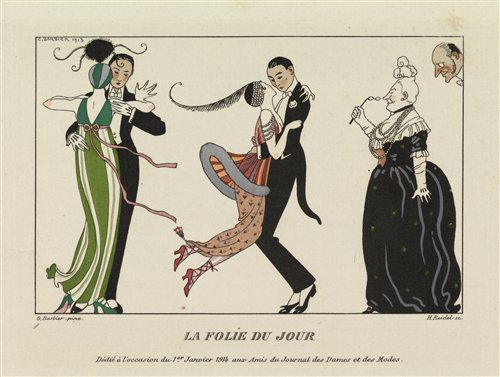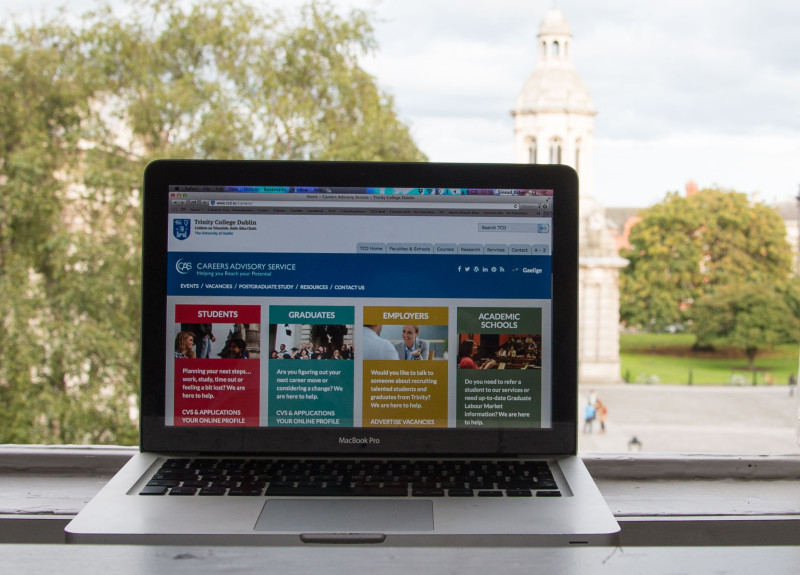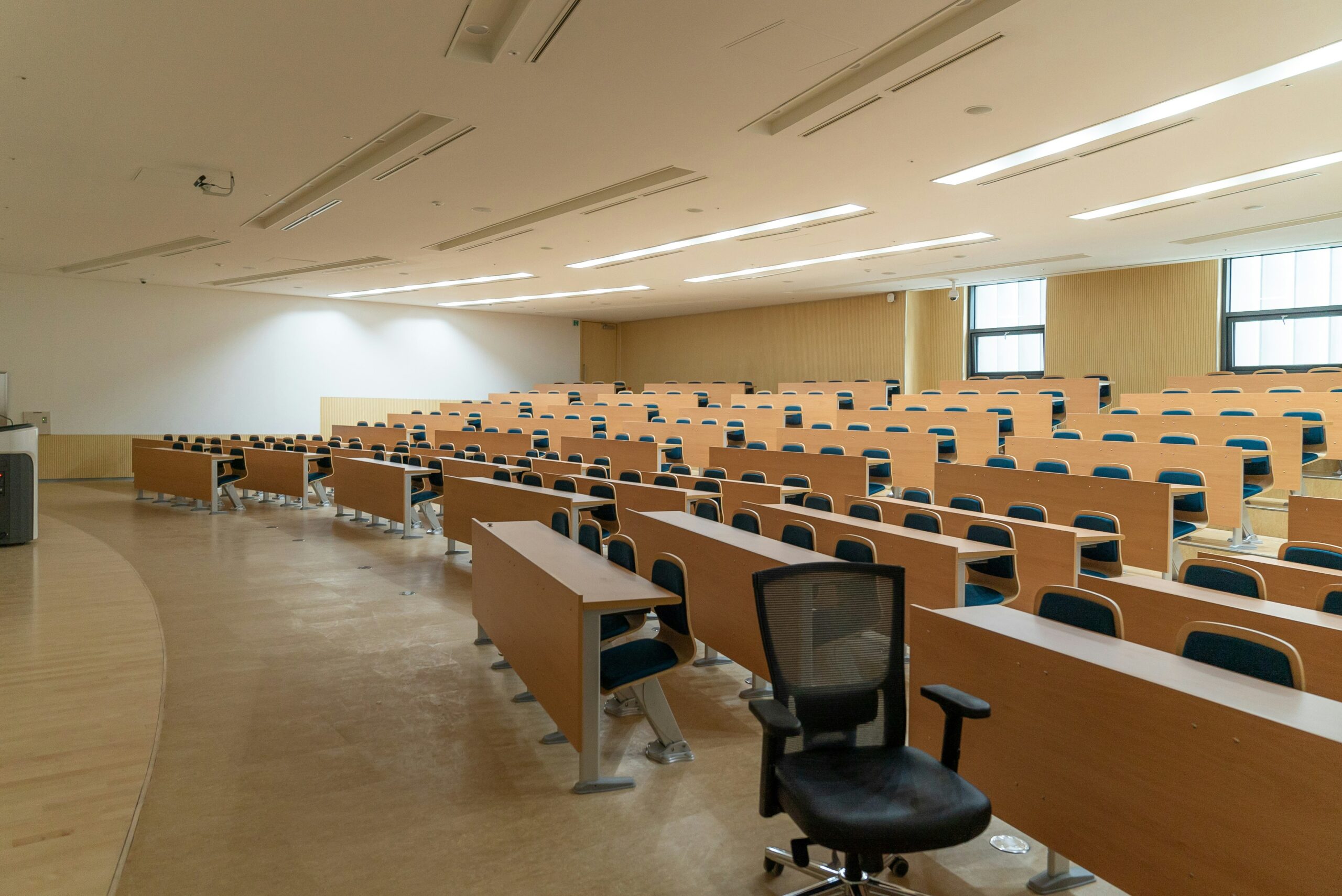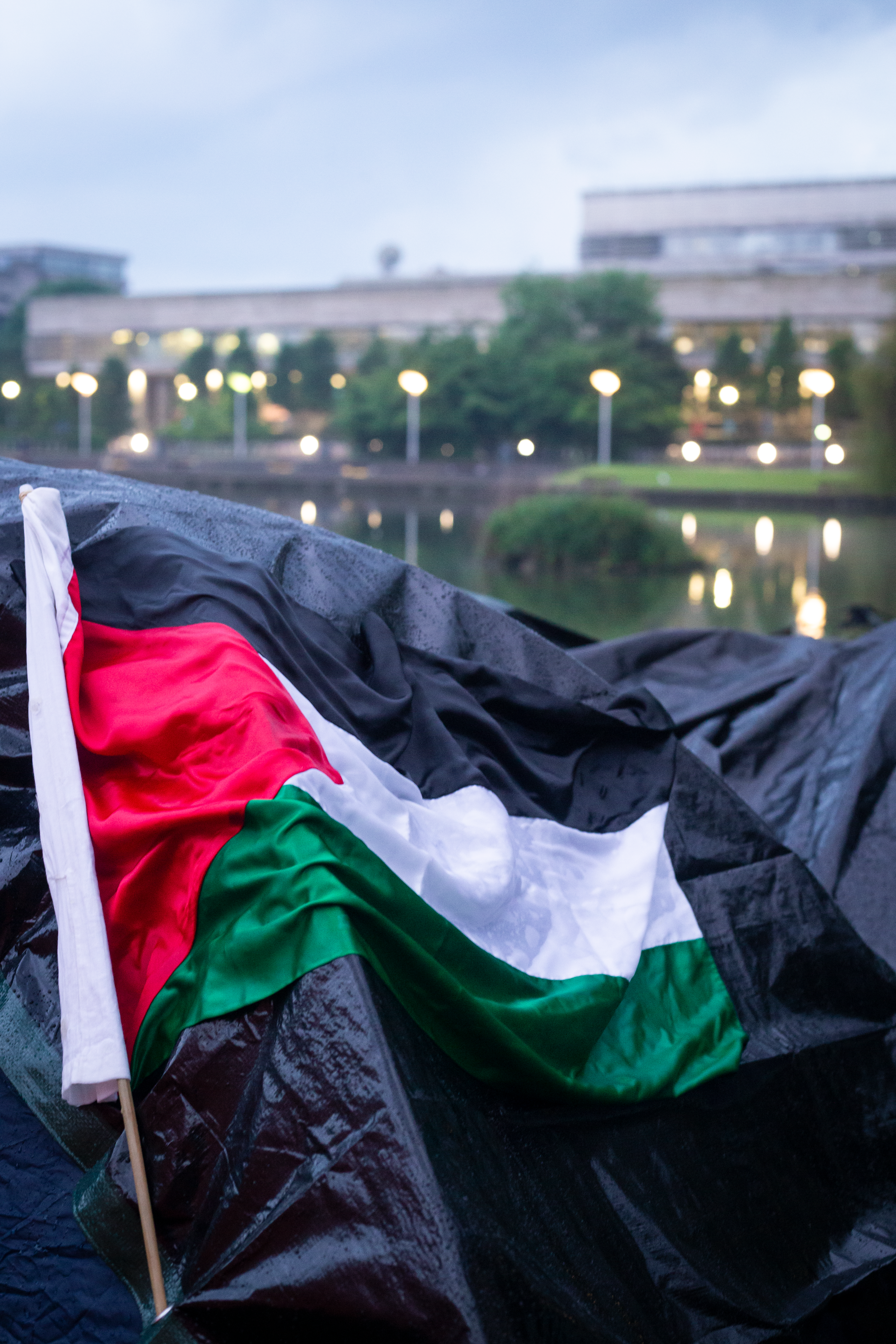Jennifer Parsons | Contributing Writer
Located in the grounds of Dublin Castle, The Chester Beatty Library boasts an extensive collection of artefacts from Asia, the Middle East and Europe. There are two permanent exhibitions on display at the museum, Arts of the Book and Sacred Traditions. The current temporary exhibition is Costumes Parisiens – Fashion Plates from 1912-1914, which was opened in October by leading Irish fashion designer Louise Kennedy.
Over 150 illustrations are on show at the Costumes Parisiens exhibition, which provides a glimpse into the world of fashion that existed in France during the last few years of the Belle Époque before the outbreak of World War I. These beautiful illustrations first appeared in the publication Journal des dames et modes which was first published in 1912 by the Italian writer Tom Antongini and was acquired by Beatty on moving to London that same year. It is believed that his decision to purchase this publication was influenced by Edith Dunn, his second wife, who was an important collector of European paintings herself at that time. An image taken of her between 1910 and 1913 appears at the exhibition.
The illustrations on view at the Chester Beatty Library show the rich colour and striking designs of the day, which were a labour intensive and costly undertaking. The process began with sketching and then engraving the design onto copper plate. After the black and white image was printed, colour was painstakingly added using stencils, sometimes 100 being used per illustration.
The Journal des dames et des Modes, published between 1912 and 1914, produced in the region of 186 prints during this period. It contained fashion prints illustrated by artists such as George Barbier and Bernard de Boutet de Monvel. Barbier was a highly regarded illustrator of haute couture and produced fashion plates for the famous Parisian couturier Paul Poiret. Poiret was highly influenced by the Ballet Russes and the Orientalist movement. Bernard de Boutet de Monvel was a well-known illustrator of children’s books and also designed men’s clothes for Poiret. The images produced by these artists give an insight into the influences of Art Nouveau, Cubism and Orientalism on the fashion of the day.
The illustrations show couturiers opting for draping over from the tight corseting that had so restricted women’s movement. Some contemporary costumes on loan from the Ulster Museum in Belfast are also on display at the exhibition, showing the colour and detail of the fabrics used.
The exhibition, which runs until 30 March 2014 is well worth visiting in order to get a window into fashion and culture before the outbreak of World War I and to view the beautiful work of exceptional illustrators.







